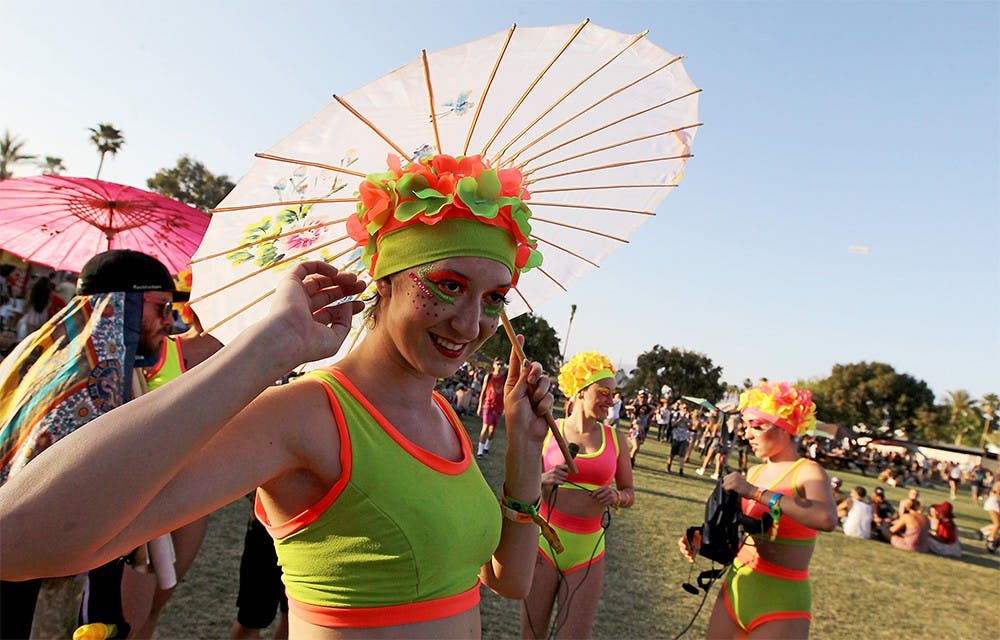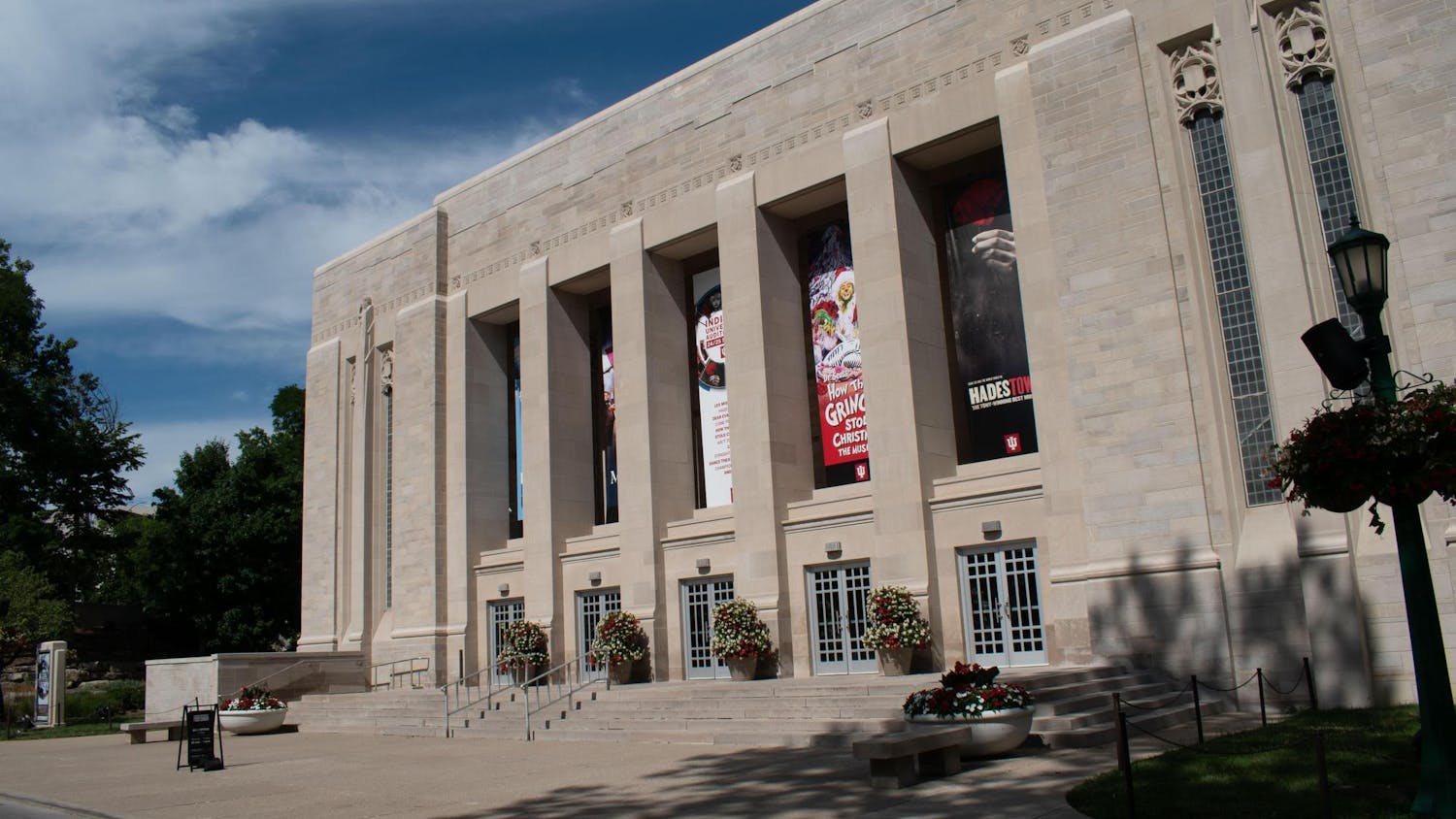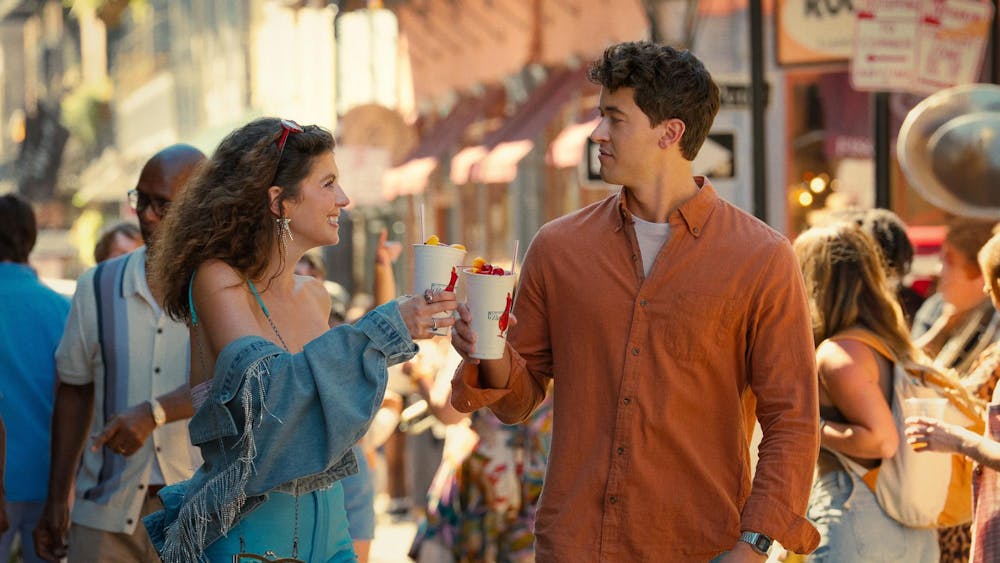In a swarm of fringed kimonos, floral print maxis and culturally appropriated headpieces, music festival season has officially commenced.
Friday marks the grand exodus to Indio, California, for the opening event of the year: the Coachella Valley Music and Arts Festival.
While on paper the event is dedicated to the musical nature of youth, this type of festival is a blend of fashion, celebrity and the counterculture attitude of rebellion.
Today’s festival scene still appears to maintain this counterculture spirit with bohemian style and flower-child attire, yet the political core of festival history is missing.
The Woodstocks and Newports of the ’60s and ’70s thrived on a politically charged public that questioned traditional authorities, the ethical notions of its country and a transpiring Cold War. Those doubts inspired a style of music, art and fashion that was just as politically motivated as its people.
Silhouettes hung loosely from the body to represent a desired freedom and societal liberty. Levels of nudity were accepted to show abandonment of traditional expectations of modesty.
People wore these fashions to speak out against the ongoing violence, inequalities and struggling leadership that surrounded them. On the crowded lawns of Woodstock and Newport, they swayed to music and lyrics that spoke out with the same messages.
So will this year’s concertgoers’ bell sleeves and frayed denim make a similar statement? Will their style support some political undertone?
Probably not. These styles are popular not because they make the wearer stand out from society, but rather because they help him or her blend in with the crowd. This highlights a question: Why do we conform to the aesthetic of a counterculture festival when we don’t even participate in that counterculture?
It’s no wonder aesthetics are prioritized. If there’s one theme in the age of social media, it’s the obligation to keep up with appearances.
The fanciful Instagrams and Snapchats with typical Coachella posts display a feed of filtered moments and smiles. Attending a festival doesn’t just mean buying the ticket and showing up because no one knows you went unless you publicize it.
To have truly gone to Coachella, you have to look like you went to Coachella, complete with flower crowns, flash tats and the entire wardrobe of a Free People catalog.
Retailers have caught on to the festival trend and are now dedicating entire collections to capture the counterculture style. Even if you can’t swing a coveted weekend pass, you can still dress like it, which proves once more that appearances are the priority.
So if fashion is going to lengths to emulate the counterculture of festivals past, why isn’t the political side of the equation keeping up?
It’s not like today’s politics are any less debatable. In the midst of changing abortion legislation, growing racial divides and an impending presidential election, the modern political scene is just as charged as ever.
A plethora of issues are up for representation, but festival style will again conform to Coachella culture and refuse to stand out in any actions of political counterculture.
Then again, maybe apathy is the message our fashion sends. In both festival and political cultures, many will keep up with appearances but fail to follow through with actions.
They might claim to support a candidate, yet they struggle to explain why. They share popular videos that condemn Trump’s policies, yet they join the spiral of low-voter turnout and activism.
Tonight, hipsters, bohemians and flower children alike will dress like its the cultural event of a lifetime, but when will they act like it?
bsaggese@indiana.edu






